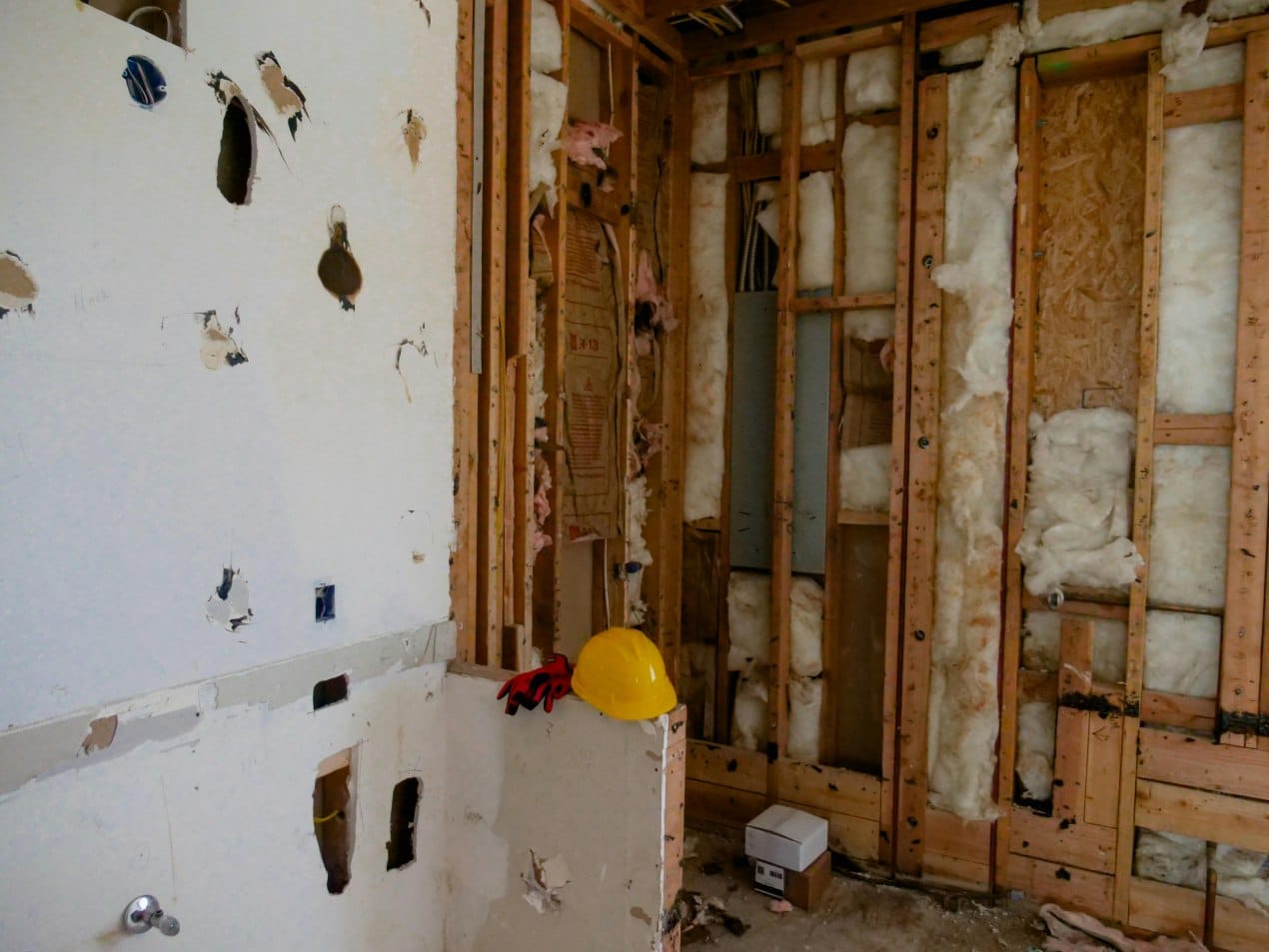In today’s eco-conscious world, homeowners are increasingly aware of the importance of insulation—not just for energy efficiency but also for personal comfort and environmental impact. Traditionally viewed as a straightforward aspect of home design, insulation is now attracting greater scrutiny, prompting many to reconsider their approach. With rising energy costs and a growing concern around climate change, let’s explore why insulation has become a focal point for homeowners and the best strategies to approach it effectively.
The Changing Landscape of Energy Efficiency
In recent years, energy prices have surged, making heating and cooling a significant expense for many households. Consequently, homeowners are seeking ways to optimise their energy consumption. Proper insulation can play a pivotal role in reducing energy bills, as it minimises heat loss in the winter and keeps homes cooler during the summer. This not only leads to cost savings but also reduces the overall carbon footprint of a home.
Moreover, the growing awareness of climate change has led many homeowners to consider sustainable practices. Insulation, particularly when employing eco-friendly materials, can significantly contribute to a home’s energy efficiency and environmental sustainability. This has made many homeowners eager to educate themselves about the best practices for partial building insulation, ensuring that their homes are both comfortable and environmentally responsible.
Rethinking Insulation Strategies
The traditional approach to insulation often favoured full home solutions—adding layers of insulation across the entirety of a property. However, this one-size-fits-all methodology is giving way to more tailored strategies. Homeowners are assessing which areas of their homes could benefit the most from enhanced insulation, thus ensuring that investments yield the maximum return.
For instance, properties with unsealed attics or underfloor spaces might benefit significantly from focused insulation efforts. By scrutinising the efficiency of specific areas, homeowners can often solve issues without the expense of a comprehensive overhaul. One effective strategy gaining traction is installing insulation only in targeted areas, also known as partial building insulation. This approach not only conserves resources but also allows for a more efficient allocation of budgets.
For further insights on this method, resources discussing best practices for partial building insulation provide valuable strategies and tips that can guide homeowners through the decision-making process.
Materials Matter
As homeowners explore insulation options, the materials used in insulation are becoming more diverse and innovative. No longer limited to traditional fibreglass and mineral wool, the market now offers a range of eco-friendly alternatives such as cellulose, sheep’s wool, and even recycled materials. These options not only cater to those looking for traditional insulation but also appeal to environmentally conscious homeowners seeking sustainable solutions.
Utilising these materials can further enhance energy efficiency by providing better thermal performance and contributing to a healthier indoor environment. Homeowners are increasingly seeking certifications and materials that indicate a reduced environmental impact, contrasting sharply with previous practices that often prioritised cost over sustainability.
DIY vs Professional Installation
Another aspect that has risen to prominence is the choice between DIY installation and hiring professionals. Many homeowners are now equipped with an abundance of online resources, enabling them to take on insulation projects themselves. While DIY insulation can be cost-effective, it’s vital to consider the potential pitfalls. Improperly installed insulation can lead to issues like air leaks or condensation problems, ultimately costing more in the long run.
On the other hand, professional installation ensures adherence to industry standards and guarantees that insulation is applied correctly. As part of the decision-making process, homeowners should weigh the cost and benefits of each option, taking into account their own skills, the complexity of the task, and the unique needs of their property.
Assessing Long-Term Benefits
Reconsidering insulation also involves evaluating the long-term benefits, such as improved property value and increased comfort. A well-insulated home is generally more appealing to prospective buyers, as energy efficiency has become a key selling point in real estate. Homes with modern insulation solutions command higher market prices and sell faster than those lacking energy-efficient features.
Furthermore, comfort cannot be underestimated. An effectively insulated home doesn’t just lower bills; it enhances the overall living experience. Homeowners are finding that by investing in strategic insulation solutions, they create spaces that are not only more energy-efficient but also more pleasant to live in.
Conclusion
With shifting attitudes towards energy efficiency and environmental responsibility, homeowners are reevaluating their insulation strategies. The move away from traditional methods in favour of targeted, effective approaches reflects a broader understanding of what it means to create a sustainable home. This journey requires informed decisions, careful assessment of materials, and an understanding of the benefits that come with responsible insulation choices.
By staying informed and considering the latest best practices, homeowners can navigate the complexities of insulation with a clearer perspective. Whether opting for professional installation or choosing to embark on a DIY project, the focus should always remain on enhancing both comfort and efficiency—an investment that pays dividends in the long run.

